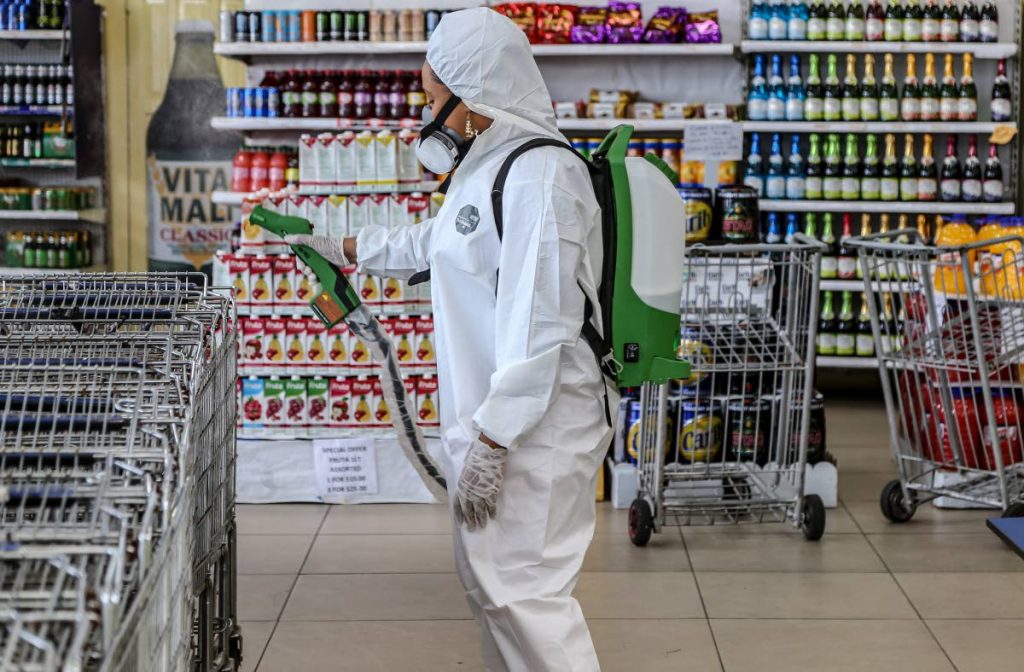Trading lives over covid19

Disclaimer: this column is not intended to substitute for medical advice, nor to encourage lack of adherence to government-mandated behavioural requirements and recommendations. It is an attempt to present a more holistic viewpoint that is insufficiently expressed in public discourse.
Good intentions are no guarantee of an optimal outcome. When dealing with complex problems, the morality that drives the problem-solver’s decisions can be skewed by his or her lack of realisation or acceptance of the problem in its entirety. The covid19 pandemic is itself a complex, multi-faceted problem that does not present us with the simple moral choice of saving lives versus saving the economy. To suggest otherwise is simply inaccurate.
The state of the economy and unemployment levels are integral to determining health outcomes. According to Dr David Katz, specialist in preventative medicine and founder of the Yale-Griffin Prevention Research Center, in an April interview with Bill Maher, “The single leading driver of bad health outcomes is poverty.”
What we, near unanimously, as a global society are doing is trading lives. We are, in a possibly unprecedented way, putting a greater worth on the lives of potential victims of covid19 than the potential victims of economic depression and abject poverty. We have implicitly made it clear from our decisions that some people (predominantly elderly with co-morbidities in wealthy western countries) matter more than others (predominantly the young, underprivileged, and citizens of the developing world).
Why? These people will be hardest hit by the ensuing economic crisis. Moreover, we are doing so for a virus that by most accounts does not present an unprecedented or existential threat.
To begin to understand this crisis in a non-partisan way, one needs to analyse many findings, starting with two key measures:
The first is infection fatality rate (IFR). What we hear from the media and politicians is, typically, what is known as a case fatality rate (CFR); the percentage of known cases that unfortunately succumbs to the disease. Some countries have CFRs as high as ten per cent. However, this figure is directly related to how much a country tests its population. The far more meaningful measure is the IFR. Unfortunately, this is a hard number to determine because it is difficult to figure out how many people have been infected.
Estimates of IFR vary. The US Centers for Disease Control (CDC) present their current best estimate as 0.65 per cent. They note that this figure exceeds their previous estimate of 0.26 per cent. Their rationale is that recent serological (antibody) studies have suggested that the virus is not as widespread as they assumed in their earlier calculation.
However, the consensus is overwhelmingly building that typical antibody tests significantly underestimate the number of infections. These serological studies may pick up only one third of all people who have been infected (according to research from the Karolinska Institute in Sweden) to one fifth of all people (according to research from the University Hospital in Zurich, Switzerland). The methodology excludes many other forms of immune response, including the pivotal role of T Cells.
Nevertheless, should the CDC’s 0.65 per cent IFR hold, it would, according to Francois Balloux, professor of computational systems biology at the University College London, place it roughly around that of the 1957 influenza pandemic (~0.67 per cent) and far lower than the 1918 influenza pandemic (>2.5 per cent). In neither of these situations did the world go into full lockdown.
For comparison, Iceland and Singapore, two countries that have done among the highest numbers of tests per capita, have both registered CFRs of roughly 0.5 per cent. And, as noted earlier, a CFR is almost certainly higher than the actual IFR in these countries.
The second metric is age distribution. EuroMOMO reports mortality data for European countries. According to its available data, compiled by Michael Levitt of Stanford University School of Medicine, roughly 79 per cent of all deaths have occurred in the 75+ age group, with a cumulative 91 per cent of all deaths having occurred in the 65+ age group. In the US, where pre-existing health conditions are more prevalent, the corresponding figures from the CDC are 60 per cent and 80 per cent respectively. Those under the age of 45 represent minute percentages of total mortality – one per cent in Europe and three per cent in the US.
In many of the hard-hit developed countries, the average (median) age of the covid19 fatalities has been over 80, and at or above what the average life expectancy is for that country.
Some have attempted to compare covid19 to the 1918 pandemic, but the age profiles are quite different. In 1918, it is estimated that roughly 50 per cent of the tens of millions of deaths fell into the 20-40 age group, according to the Atlantic. Covid19 even seems to affect children less than does a typical seasonal influenza; the same is not true for the elderly.
These facts present us with an opportunity to enact a more age-stratified approach to protecting the vulnerable, and not the blunt lockdown tools that have devastated society and the world economy, and will almost certainly lead to many collateral deaths; as they have already both forecast and experienced in the UK.
Ryan Darmanie is a professional urban planning and design consultant, and an avid observer of people, their habitat, and the resulting socio-economic and political dynamics. You can connect with him at darmanieplanningdesign.com or email him at ryan@darmanieplanningdesign.com


Comments
"Trading lives over covid19"